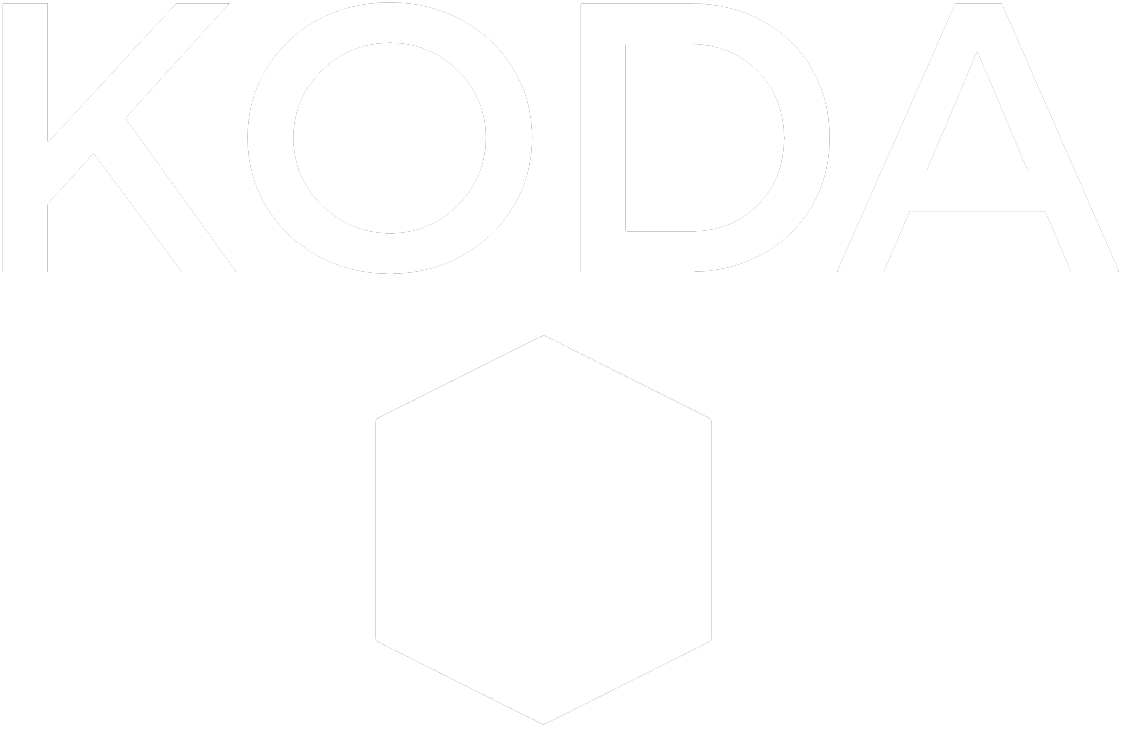A project I’ve been working on for a while came to fruition over the last month. It was a great experience because I got to dabble in some electrical circuits and (I won’t say “advanced”, but I will say), "non-basic" use of relays in the design of my pump controller. It works great.



CR6 – A brief Product Review
One of the most immediately rewarding features of the CR6 is the provision of a USB port for programming the data logger. An easy win really, but long overdue. Sometimes the simple things make a big difference.
The new data logger features a series of 12 universal ports i.e. they can excite, measure and control just about anything. And while the CR6 has less input terminals than the CR1000, it is the flexibility that creates value. For the cost of a AM16/32B multiplexer you suddenly expand two universal ports into 32. What’s cool is that you can reconfigure each port on-the-fly as you run through the multiplexer meaning that you can have a VW sensor measured on one pulse, then a strain gauge measured on the next. Lots of cool options here. Current excitation is a nice addition too.
Worth mentioning are pulse ports: because pulses from rain gauges can roll in at any point in time during a scan you can’t connect them to multiplexers as the electronics need to continuously monitor the ports. Make sure you consider that while you are spec'ing up your systems.
Limitation? Or Opportunities?
For all it can do, there a few things it can’t do. One limitation of the CR6 is that only one channel of active measurements can be performed at a time. Not a big problem most of the time, but it came up last week. However, Campbell are working on a series of CDM devices which uses the CPI high-speed multi-drop bus – essentially intelligent slave measurement devices which can be networked together. Their first module is a dynamic strain gauging module which allows you to measure eight (8) vibrating wire strain gauges at once, even dynamically at up to 333Hz. KODA is looking forward to a few more of these coming out in 2015.
Data Overload – Again!
KODA was talking to an instrument supplier about the CR6, and the potential of CDM sensors when the conversation turned to the dynamic vibrating wire module. He said that the biggest problem he has now days is people logging dynamic vibrating wire data at 100Hz for 8 sensors, including temperature – all day, week, year - and logging EVERYTHING.
It doesn’t take long to collect enough data to max out Excel (about 17 hours if you have to know!). With all due respect, if you’re doing that – life is telling you something.
There are lessons to be learned from geophone monitoring in which data is continuously assessed at a high frequency, but only when trigger limits are exceeded does the system log any of it. Even then, because of the nature of blasting and construction vibration, it is uncommon to see a data set of longer than 1 second. The rest is often assumed to be ‘below trigger’.
For long term monitoring and reporting, consider how the average, mode, max, min or even percentiles can be used to create information from all your data. There are lots of different approaches and I’d love to hear some ideas.
Please like, share, follow and we look forward to comments.
Until next time, KODA

